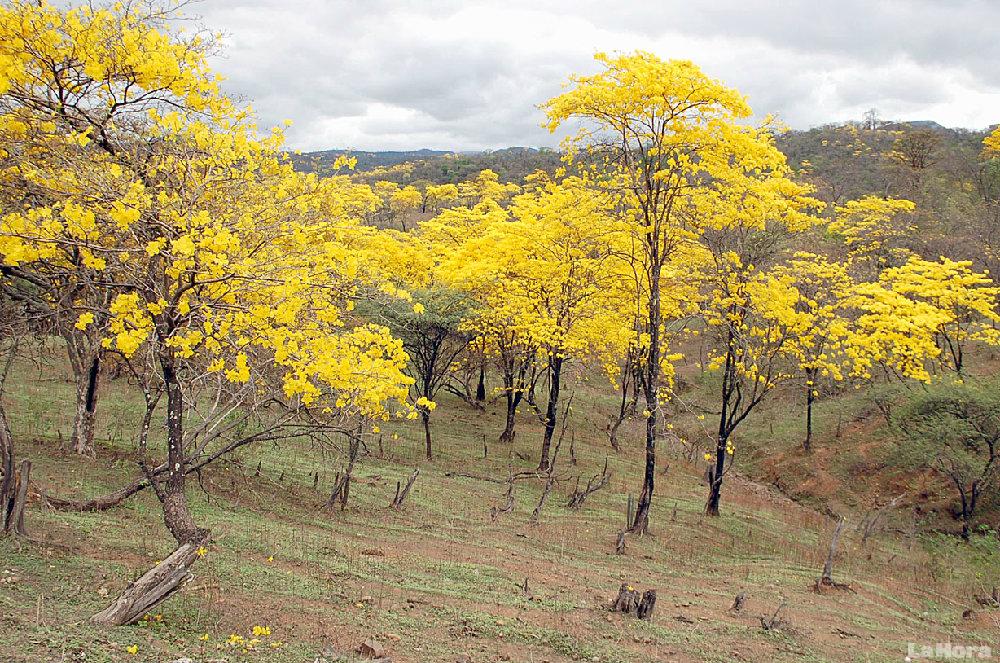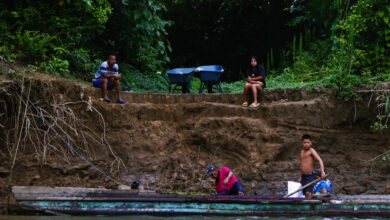Tourism is Guayacan’s rescue card


Between the last days of January and early February tourists flock the Ecuadorian region of Mangahurco to catch the blossoming of Guayacan trees. The yellow canopy is native to subtropical and tropical areas of the Americas and comes IGNORE INTO bloom just once a year. This natural wonder is celebrated by the annual Festival of the Blossoming Guayacanes.
Mangahurco, in the province of Loja hosts 40,000 hectares of Guayacanes, the largest guayacan forest in the country. Tourism in the region has saved the trees which were previously cut down for their wood. For example, environmentalists report that in Guayaquil between 1938 and 1988 about 96% of Guayacanes were lost.
These hardwood trees can grow up to 30 meters high and 2 meters in diameter. They have palm-shaped leaves, big bell-shaped flowers and cube-shaped fruits. During the blooming season they’re yellow but remain dark brown during the defoliation season and green when foliage is complete.
See this amazing photo essay of the flowering of Ecuador’s Guayacan Trees
“The blooming of the guayacan trees is a symbol of extraordinary natural beauty, of Loja province’s great natural heritage.”
In January 2015, UNESCO designated 500,000 hectares of Ecuadorian forest in the province of Loja containing Guayacan trees a biosphere reserve.
“This sector is now part of a dry forest made up of 40, 000 hectares that has been declared a biosphere reserve precisely as a recognition of the area’s biodiversity, the maintaining of an ancestral heritage that every year, and sometimes not even every year, offers us this extraordinary natural spectacle of the flowering guayacan trees,” told Reuters Loja mayor, Rafael Davila back in 2015.
Tourism has become the tree’s rescue card as the community is gaining revenue without needing to cut down the trees. For example, this year 5000 tourists visited the Guayacanes Municipal Ecologic Reserve in Zapotillo, Loja.
More so, the Tourism Ministry launched a campaign for tourists to visit Mangahurco. It included gastronomic and artisanal fairs and open talks about to raise awareness about the environment, tourism and the region’s heritage. Also, tourists could participate in different activities like a painting contest, hiking, and concerts.
Latin American Post





